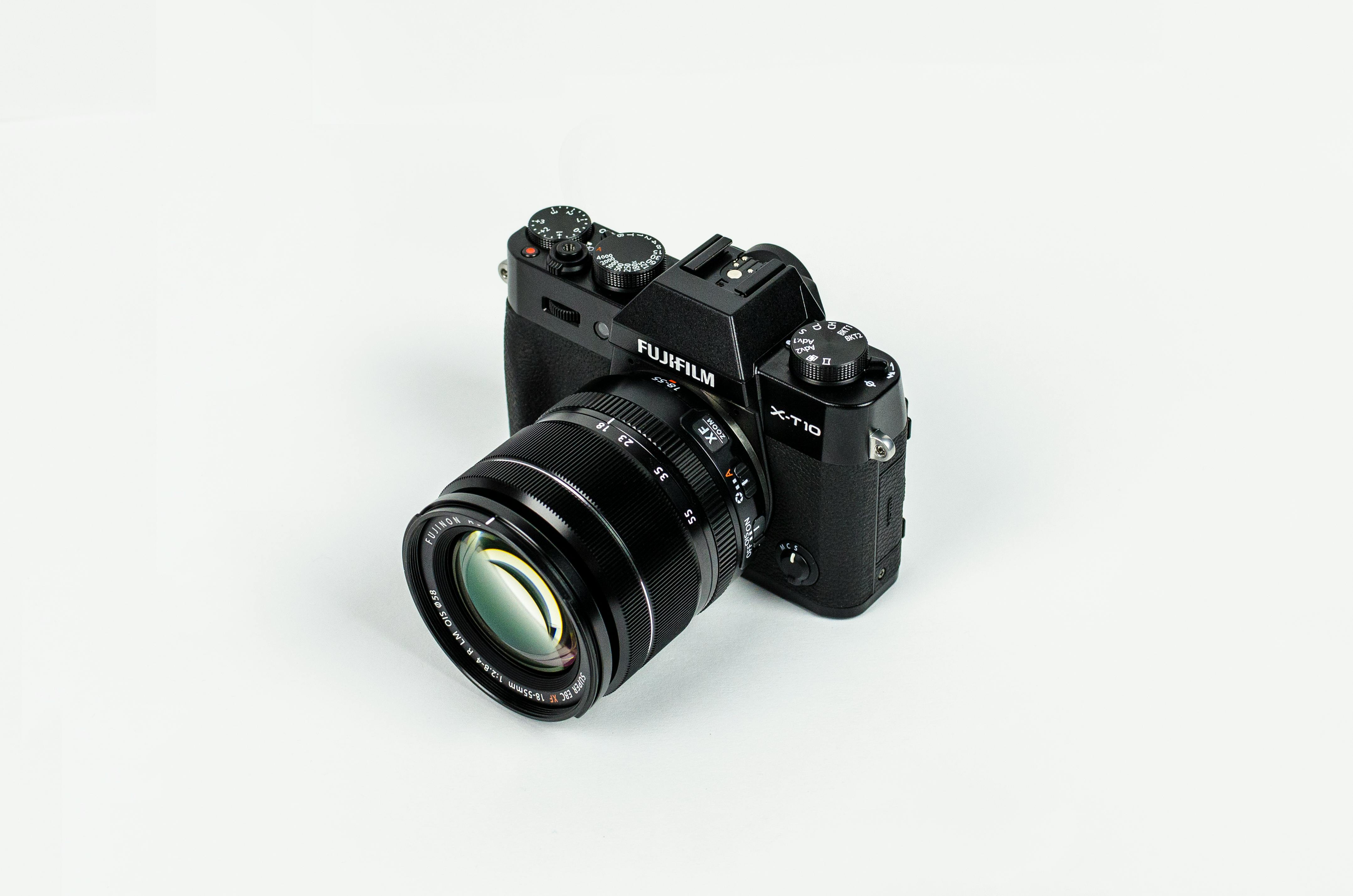Proximity sensors that are designed to detect the current occupancy status of parking stalls, whether they are single, large or multiple parking areas, in both private and public parks, are known as parking sensors. These parking spot sensors are wireless in nature and detect the presence of vehicles in the stall and then transmit this information to the data collection as well as the transmission control unit.
The parking sensor is a system that believes in saving energy. All the information on the availability of parking spaces helps to reduce the amount of pollution caused in addition to helping with urban traffic in a green and smart way.
Characteristics
Minimum spending
The parking space sensor has a variety of features in its name. But the most important thing to start with would be how it almost eliminates civil works and costs less.
Ease of installation
The installation process is very simple as the parking space sensor is wireless.
Built
The construction of the device is made in such a way that it cannot fall victim to vandalism or accidental damage cases too quickly. The construction and quality are durable.
Long duration battery
Since the power consumption is a low circuit design and runs solely on battery power, the battery life is more than eight years in the case of normal use. Long-life batteries are stored here for low maintenance.
Benefits of using the parking space sensor
-
There is no requirement to drive while searching for an available parking space.
-
Vehicle emissions are reduced on a large scale.
-
There is a high efficiency for parking.
-
There is zero chance of any kind of vandalism.
-
The staff requirement is minimal if it is used by familiar parking garages.
-
Customers can wait for their respective cars in a highly controlled environment.
-
Simple, ticketless facilities are presented to people, in systems that are barrier-free payment.
-
Complete information is provided on each of the parking spaces.
-
The greatest possible use is made of the available space.
-
Traffic flow is also improved in the process.
-
Future planning has paid off through the use of comprehensive information.
-
The parking sensors that are ultrasonic in nature use the sound echoes to calculate and identify the distance between the car and the other objects. These ultrasonic sensors are located in the bumper of the car to ensure that sound waves can travel without any interruption. The audible alarm increases in frequency to alert the driver in question when the car is approaching an obstacle.
-
Similarly, electromagnetic-type parking sensor systems do the job of establishing electromagnetic fields throughout the car’s bumper. When an obstacle is identified near the field, the driver is alerted to the case.
